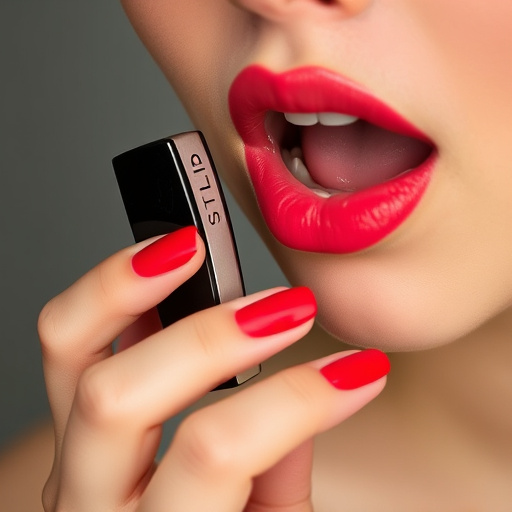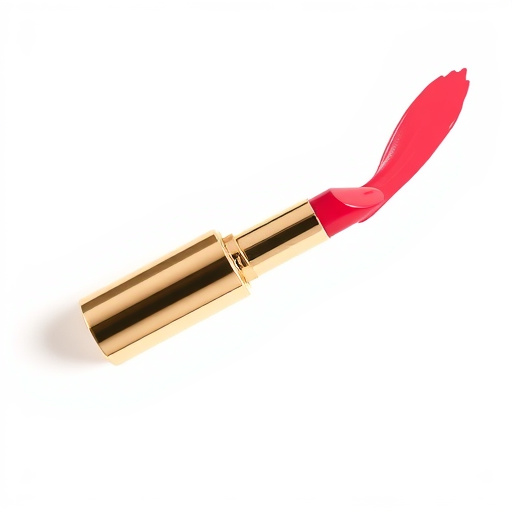Lipstick tasers, despite their non-lethal nature, face varying legal restrictions globally. US states have diverse rules, from liberal policies in Texas to stringent requirements in California. Understanding local laws is vital for carrying a lipstick taser responsibly, involving research, training, and regular practice to avoid misuse while prioritizing self-defense.
“Uncovering the legal landscape of concealed carry stun guns, this article offers an in-depth look at the varying regulations across states. From ‘Understanding Concealed Carry Laws’ to exploring the unique case of the Lipstick Taser—its features and legal standing—we demystify this growing trend.
We analyze regulatory disparities, emphasizing the importance of safety, training, and ethical considerations for responsible stun gun ownership. Get ready to navigate the intricate world of stun gun regulations and discover the potential impact on personal safety.”
- Understanding Concealed Carry Laws: A Comprehensive Overview
- Lipstick Taser: Unveiling the Device and Its Legal Status
- Regulatory Differences Across States: A Case-by-Case Study
- Safety, Training, and Ethical Considerations for Carrying a Stun Gun
Understanding Concealed Carry Laws: A Comprehensive Overview

In many regions, the regulations surrounding concealed carry stun guns, often referred to as lipstick tasers due to their compact and discreet design, are stringent and vary widely. Understanding these laws is essential for anyone considering carrying a self-defense device. The first step is to familiarize yourself with your state or local jurisdiction’s specific rules on hidden weapons. Some areas prohibit the possession of stun guns entirely without a special permit, while others allow it under certain conditions, such as for self-defense or law enforcement purposes.
Concealed carry laws often delve into details like age restrictions, required training, and the type of devices permitted. Lipstick tasers, due to their non-lethal nature and compact size, may fall into a grey area legally. They could be treated similarly to pepper spray or self-defense keys, subject to different rules. Staying informed about these nuances is crucial to ensuring compliance with the law while empowering yourself for personal safety.
Lipstick Taser: Unveiling the Device and Its Legal Status

The Lipstick Taser, as the name suggests, is a compact and discreet stun device designed to fit comfortably in one’s hand or purse—its iconic shape resembling a lipstick case is no coincidence. This innovative self-defense tool has gained significant attention due to its potential to offer individuals an extra layer of protection without drawing excessive attention. The Taser functions by delivering electrical pulses that temporarily incapacitate the target, providing users with crucial seconds to escape potentially dangerous situations.
In terms of legal status, the regulations surrounding lipstick Tasers vary across jurisdictions. Some states have specifically included these devices in their definition of allowed self-defense tools, recognizing their non-lethal nature and ease of concealment. However, others may have restrictions on the power output or require specific licensing for their possession, use, and carrying. Understanding local laws is paramount for anyone considering carrying a lipstick Taser to ensure compliance and personal safety.
Regulatory Differences Across States: A Case-by-Case Study

In the United States, regulations regarding concealed carry stun guns, including lipstick tasers, vary significantly from state to state. This creates a complex landscape for individuals looking to exercise their right to self-defense while adhering to local laws. Some states have relatively liberal policies, allowing qualified individuals to carry stun devices without a permit. For instance, Texas permits the open or concealed carrying of a stun gun with a license, making it one of the easiest states to own and carry such a device. In contrast, other states like California have stringent regulations, often requiring extensive training, background checks, and specific types of stun guns approved by local authorities.
A case-by-case study reveals diverse rules even within similar states. For example, while Florida generally allows concealed carrying with a permit, there are restrictions on the use of stun guns that resemble firearms or have certain power levels. On the other hand, some states, like New York, may allow lipsticks tasers for self-defense but require them to be registered and carried only by licensed individuals. These variations make it crucial for prospective owners to thoroughly research their state’s regulations, ensuring they understand the specific requirements and restrictions before purchasing a lipstick taser.
Safety, Training, and Ethical Considerations for Carrying a Stun Gun

Carrying a stun gun, such as a lipstick taser, comes with significant safety and ethical responsibilities. Beyond simple possession, users must prioritize safety by understanding and adhering to local regulations and laws regarding its use. Proper training is paramount; learning not only how to operate the device effectively but also when and where it’s legal to deploy it can prevent accidental discharges and unlawful uses. Ethical considerations demand a balanced approach – while self-defense is a valid reason, users must avoid misuse or abusing their power, ensuring that force is only applied as a last resort.
Regular practice sessions are crucial for maintaining proficiency in deploying the stun gun accurately and safely. Users should familiarize themselves with de-escalation techniques, understanding when physical force is necessary, and how to minimize harm to themselves and others. Moreover, discussing these responsibilities openly can foster public awareness and encourage responsible stun gun ownership, promoting a culture of safety and respect for personal autonomy.
In conclusion, the regulation of concealed carry stun guns, including the distinctive lipstick taser, varies greatly across states. While understanding comprehensive laws and safety protocols is paramount, the diverse legal landscape requires individuals to stay informed and adapt. As technology evolves, innovative devices like the lipstick taser enter the market, challenging regulations and sparking important discussions on personal safety and ethical considerations. Navigating these regulations is crucial for those seeking to protect themselves, highlighting the need for consistent, nationwide standards.
